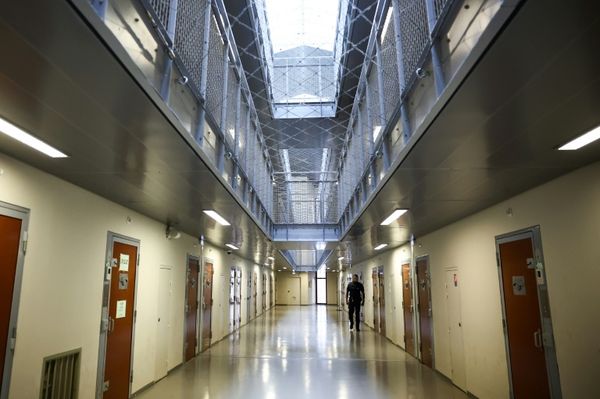
Reserve Bank governor Philip Lowe is doing it again – suggesting things are likely to happen with interest rates when they won’t.
After Tuesday’s board meeting lifted rates again, Dr Lowe said the RBA “expects that further tightening of monetary policy will be needed” to beat inflation down.
That has to be judged against two stark realities:
The RBA has engineered a bigger crash in Australians’ real disposable income than they suffered in the 1990s recession.
The impact of the bank’s 10 consecutive interest rate rises has barely begun to be felt – it will be much worse later this year.
Dr Lowe made a mistake during the COVID-19 crisis to suggest rates were unlikely to rise until 2024. His “forward guidance” – the official term for jawboning – ran away with him.
Scaring the population
This time, his jawbone is working hard in the other direction, doing his hardest to scare people.
That might not end up being classed as a “mistake” if putting the frighteners through the population about being hit over their heads means he doesn’t have to follow through with the bludgeoning.
The other possibility is that the RBA is mentally locked into causing a recession as an over-reaction to the earlier mistake, particularly while the institution is in the middle of an official review. Let’s hope not.
The latest RBA chart pack shows nominal household disposable income had fallen dramatically by the end of last year even though consumption was gyrating higher on spending COVID savings.
But that fall doesn’t allow for two things – inflation and measuring on a per capita basis, factoring in population growth.
IFM Investors has adjusted the graph for both. The results:
More whacks for households
That shows the average Australian’s real disposable income plunged further last year than it did in the 1990s recession.
And since then, we’ve had two more interest rate rises from the RBA – two more whacks on top of Australians’ household debt burden.
And, more importantly, a large chunk of the higher rates are yet to be felt thanks to the oft-discussed wall of fixed-rate mortgages expiring later this year.
According to the RBA’s own financial stability review, when the 3.6 per cent cash rate makes its way through the system, about a third of borrowers will see their spare cash cut by more than 40 per cent.
Nearly 15 per cent of borrowers will have their disposable income wiped out.
Economy is already flattened
Let that sink in for a while and you’ll suspect there is no need for the RBA to lift rates again if it wants to flatten the economy – it has already done what’s required.
The governor’s post-meeting statement pointed to two years of weak growth and rising unemployment before the headline inflation rate is back to the bank’s target range.
Yes, the Consumer Price Index (CPI) is too high and must be brought down.
No, as the RBA says, there is no wages-driven inflation break out. The RBA is even careful now to say it fears a “prices/wages” spiral, not the old “wages/prices”.
We don’t need another interest rate rise unless new factors emerge threatening higher inflation.
We may not have needed this one.
There are plenty of economists around forecasting that the bank will be cutting rates again by the end of this year. That might be taken as meaning the latest rise was indeed a mistake.









